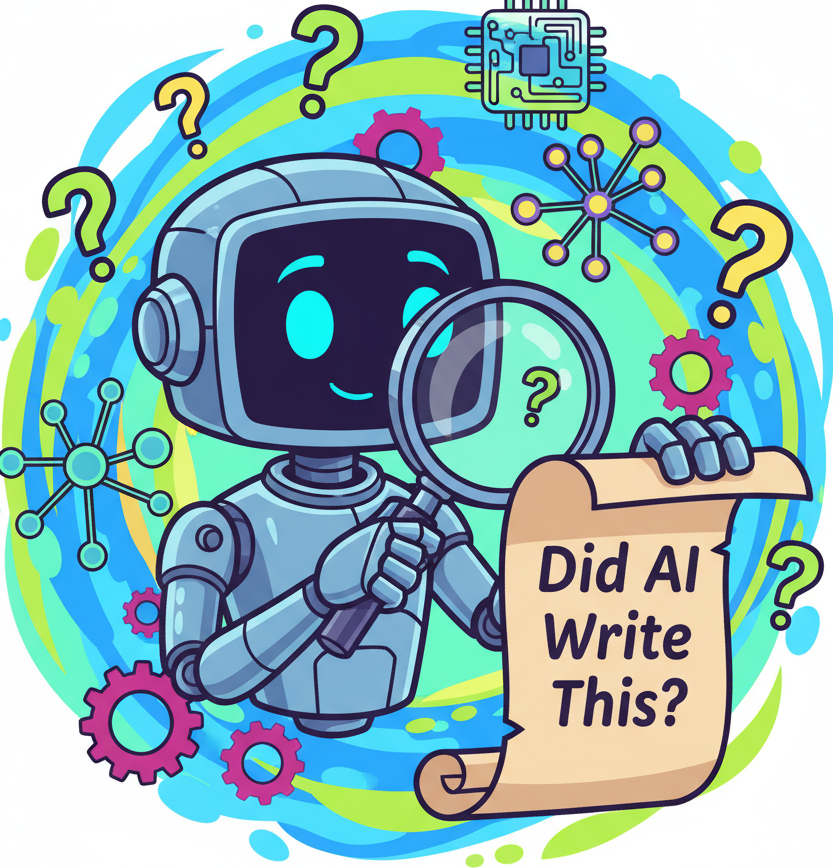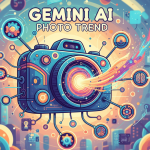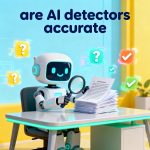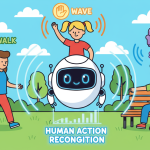As AI-generated text floods the internet, this question is more important than ever. Whether evaluating essays, articles, marketing copy, or social media posts, individuals and businesses want to know if a human or AI produced a piece of writing. In 2025, with AI tools becoming incredibly sophisticated, detecting AI-authored content remains a challenge but is crucial for ensuring authenticity, originality, and trust.
This blog explores how to detect AI-generated content, the tools available, their strengths and weaknesses, and the broader implications across industries and society.
What Does “Did AI Write This?” Really Mean?
This phrase reflects the growing need to differentiate between human and AI-generated text. AI writing models like GPT-4, Claude, Gemini, and others generate content indistinguishable from human writing to the untrained eye. Detecting AI content involves analyzing linguistic patterns, style, coherence, and statistical probabilities that hint at machine authorship. But it’s not always straightforward.
How Can You Tell If AI Wrote Content?
There are several approaches to answer the question “Did AI write this?”
-
AI Detection Tools: Specialized software like OpenAI’s classifier, Turnitin’s AI detection, and third-party tools analyze text structures, word choices, and randomness.
-
Behavioral Patterns: AI-generated text may have less emotional nuance, repetitive phrase structures, or overly consistent grammar.
-
Contextual Clues: Sudden shifts in style, unnatural phrasing, or lack of deep insight might signal AI origins.
-
Metadata Analysis: Sometimes, files contain metadata revealing their creation through AI systems.
Popular AI Content Detection Tools in 2025
-
OpenAI Text Classifier: Designed to detect GPT-generated text but has variable accuracy.
-
Turnitin AI Detection: Widely used education tool aimed at spotting AI use in student submissions.
-
GPTZero: Tailored for academic integrity checks, palm-sized AI detection for longer content.
-
Writer.com AI Detector: Business-focused tool to maintain content originality internally.
-
Sapling AI Detector: Customer support content monitoring with AI detection features.
Each of these tools has its limits, often offering probabilistic assessments rather than certainties.
Accuracy and Limitations of AI Writing Detectors
-
Accuracy Range: Detectors can be about 70-90% accurate on long, formal text but struggle with short or heavily edited content.
-
False Positives/Negatives: Legitimate human writing—especially by non-native speakers or formal styles—can get flagged mistakenly. Edited AI content can evade detection.
-
Evolving AI Models: As AI evolves, detection tools must adapt, creating an ongoing arms race.
Why Does Detecting AI Writing Matter?
-
Education: Preventing plagiarism and maintaining academic integrity.
-
Journalism & Media: Fighting misinformation and ensuring credible reporting.
-
Business & Marketing: Protecting brand voice and avoiding deceptive content.
-
Legal & Ethical: Upholding transparency about AI involvement in content creation.
Emerging Trends in AI Content Detection
-
AI Watermarking: Embedding detectable markers inside AI-generated text to prove origin.
-
Hybrid Human-AI Review: Combining automated detectors with expert manual reviews.
-
Explainable AI: Offering clarity into how AI decisions about authorship are made.
Tips to Identify AI-Written Content Manually
-
Look for overly flawless grammar or unnatural sentence flow.
-
Detect lack of personal anecdotes or specific opinions.
-
Check for uniformity in style throughout long text.
-
Use multiple tools to cross-verify suspicions.
Frequently Asked Questions (FAQs)
1. Can AI detection tools always tell if AI wrote content?
No, tools provide probabilities and are not foolproof, often requiring human review.
2. Is it unethical to use AI-written content without disclosure?
Many industries expect transparency about AI use; undisclosed AI content may raise ethical concerns.
3. Are shorter texts harder to classify as AI-generated?
Yes, shorter texts lack enough data points for reliable detection.
4. How is AI detection evolving?
New watermarking and explainability features aim to improve trust and detection accuracy.
5. Can AI-written content be high quality?
Absolutely, but authenticity and human creativity remain highly valued.
Conclusion
“Did AI write this?” is a complex question with no simple yes-or-no answer. AI detection tools help, but they need careful interpretation and complementary human judgment. As AI content creation grows, responsibility lies with creators, educators, and businesses to foster transparency, ethical use, and continuous improvement of detection methods.
By understanding AI’s capabilities and limits, everyone can navigate this evolving landscape with confidence and integrity.
Call to Action:
If you want to ensure your content’s authenticity or detect AI involvement, explore multiple detection tools, stay updated on emerging techniques, and promote transparency in your organization today.









